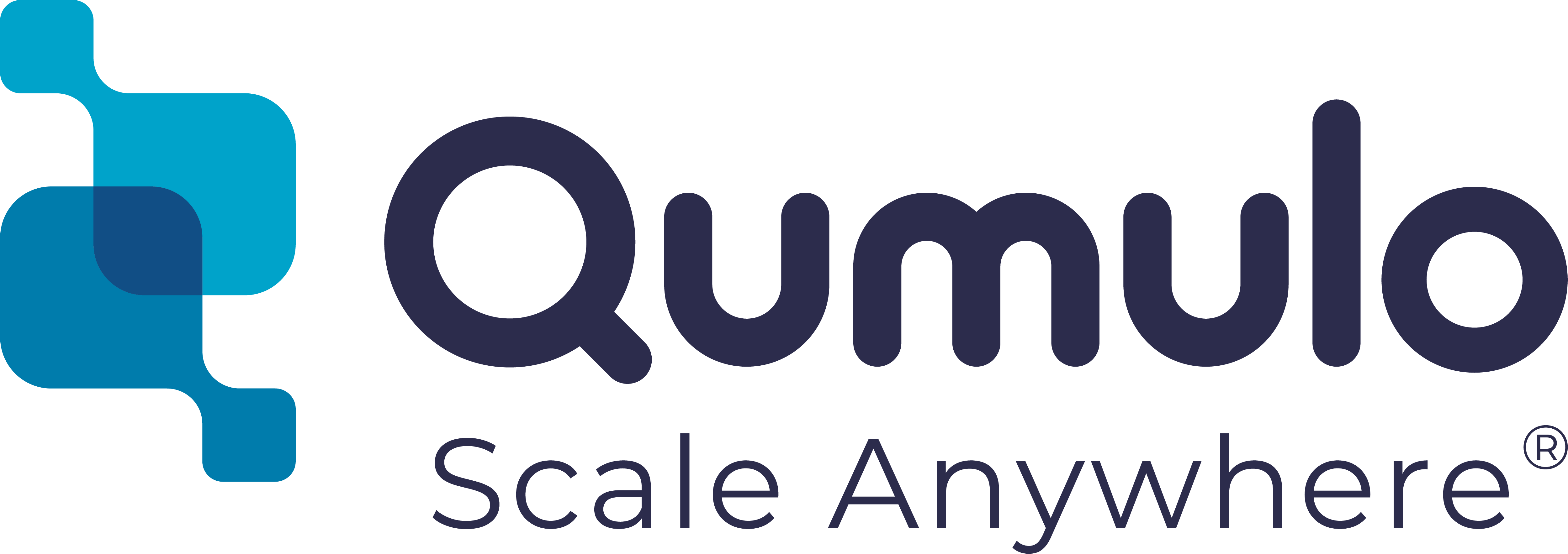Watch this webinar to:
Learn about NeuralCache and discover how it turbocharges Cloud Data Fabric performance
See how NeuralCache's 90% hit rate maximizes performance, reduces WAN delays, and lowers transaction costs
Watch a live "before and after" demo showcasing side-by-side comparisons of video playback and workflow efficiency with and without NeuralCache
Hear directly from a guest speaker about how their applications are leveraging NeuralCache
Featured Guest Customer:

Carbon
Creative studio specializing in Color | Design & Animation | Direction | VFX
Get an in-depth look at Qumulo NeuralCache
The NeuralCache feature of Qumulo’s Cloud Data Fabric (CDF) enhances performance by monitoring client activity and data access patterns during normal usage, using that information to predict which data segments a client is likely to request, and then prefetching that data from over the WAN into the local cache. This allows video playback to begin sooner, without waiting on either the WAN or the remote endpoint, delivering sub-millisecond latencies for the requested data. NeuralCache continuously manages cache tiers (persistent storage, NVMe, memory), flushing less frequently accessed blocks to prioritize performance for the hottest data. With up to 90% of all reads served from the local cache, Cloud Data Fabric maximizes performance even across slow WAN links.
Featured Customer Speaker:
Jeff Drury, Director of Technology at Carbon
"With NeuralCache, everything just works like it’s supposed to—no more additional configuration or monitoring of cache policies."
Qumulo Speakers

Brandon Whitelaw
VP, Field CTO and Cloud GM

Matt McMullan
Principal Software Engineer

Dan Motles
Sr. Product Manager
Why NeuralCache?
-
Significantly improves performance for both linear and non-linear workloads
-
Dynamically adjusts to changing data access patterns, eliminating the need for manual performance tuning
-
Requires fewer cloud-compute resources to satisfy performance targets, reducing consumption costs
-
Minimizes WAN usage and S3/Object operations, reducing transaction costs


